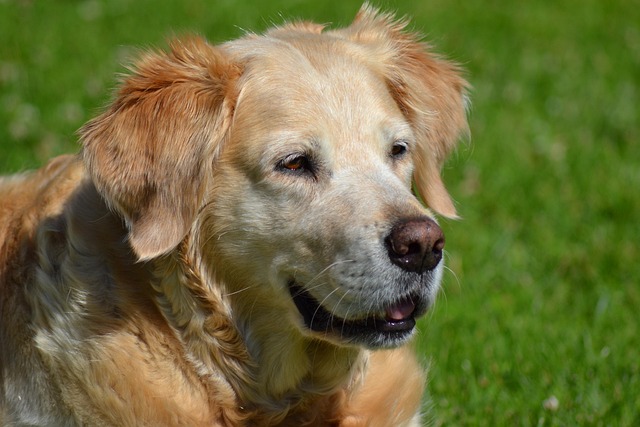
When should I worry about my dog's eyes
That worried feeling when your pup squints in the bright afternoon sun during your neighborhood walk or has a bit of goop in the corner after a nap – is it normal, or time to panic?
Dogs, like many mammals, experience a reproductive cycle often referred to as being "in heat," and recognizing the signs can help owners provide better care. One of the first indicators is a change in the vulva—you might notice it becomes swollen and slightly red, a physical shift that usually starts a few days before other symptoms appear. This is nature’s way of preparing the body for potential mating, and while it’s subtle at first, the swelling can become more pronounced as the cycle progresses.
Another clear sign is vaginal discharge, which evolves over time. Initially, it may be a light pink or bloody fluid, gradually turning lighter as the cycle advances. You might spot small stains on their bedding or favorite resting spots, so keeping a washable cover handy can save you from frequent cleanups. Along with this, behavioral changes often emerge: some dogs become more clingy, seeking extra attention, while others grow restless, pacing more than usual. A few may even act territorial, especially around other dogs, which is why keeping them leashed in public spaces aligns with most local bylaws.
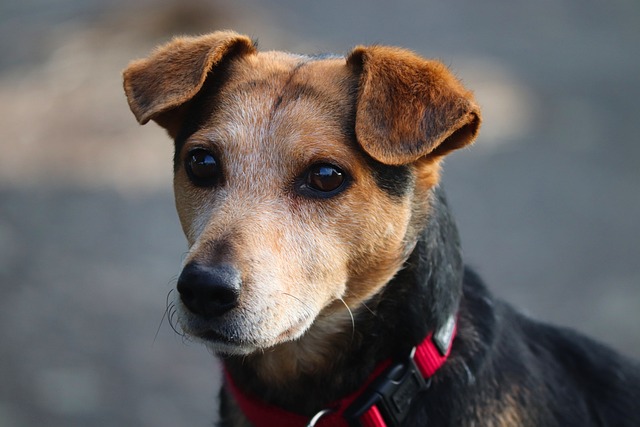 It’s crucial to remember that during this period, female dogs can get pregnant, and many regions have strict rules about unsupervised interactions to prevent stray litters. Spaying is a common solution recommended by vets, not only to avoid unwanted pregnancies but also to reduce health risks like certain cancers later in life. If you’re unsure about the best approach, consulting a local veterinarian who’s familiar with area regulations is always a smart move.
It’s crucial to remember that during this period, female dogs can get pregnant, and many regions have strict rules about unsupervised interactions to prevent stray litters. Spaying is a common solution recommended by vets, not only to avoid unwanted pregnancies but also to reduce health risks like certain cancers later in life. If you’re unsure about the best approach, consulting a local veterinarian who’s familiar with area regulations is always a smart move.
Physical discomfort might also play a role. Some dogs lick themselves more frequently to soothe irritation, which is normal, but excessive licking could lead to skin issues—if you notice redness or swelling beyond the usual, it’s time for a vet check. Appetite changes are another possible sign; some dogs eat less, while others seem hungrier than usual. Monitoring their food intake helps ensure they’re getting the nutrition they need.
Finally, the duration of a heat cycle varies, typically lasting two to four weeks, though it can be shorter or longer depending on the breed and individual dog. Smaller breeds might start their first cycle as early as six months, while larger breeds may wait until 12 to 18 months. Keeping track of when the cycle starts and ends in a notebook or app can help you anticipate future cycles, making it easier to plan activities and ensure compliance with any local restrictions on unspayed dogs in public areas.
Understanding these signs not only helps you care for your dog better but also keeps you on the right side of local laws. Whether it’s managing their behavior, handling physical changes, or making decisions about spaying, being informed lets you support your furry friend through each stage of their reproductive cycle.

That worried feeling when your pup squints in the bright afternoon sun during your neighborhood walk or has a bit of goop in the corner after a nap – is it normal, or time to panic?
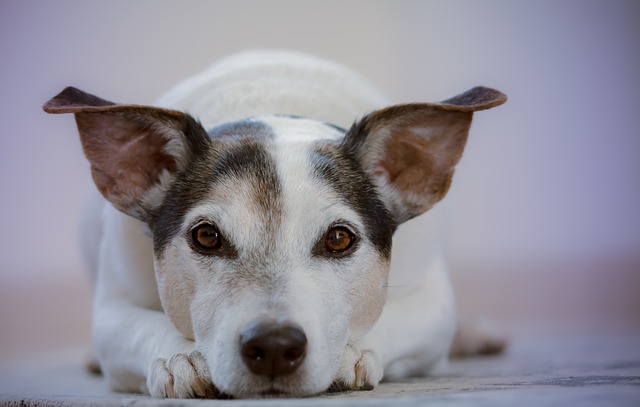
Waking up to the sound of your dog retching is enough to make any new pet parent panic.You rush over to find a small puddle on the living room rug,and suddenly you're hit with that urgent question:should you hold back their food to let their tummy settle?
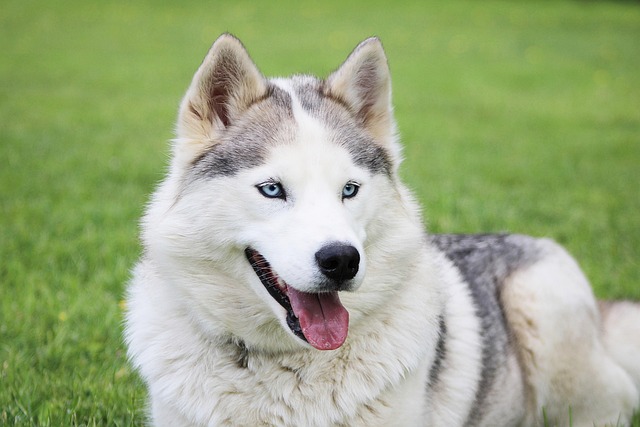
Husky puppies are little bundles of energy with a metabolism that burns through calories like a sled racing across snow. Their bodies need specific nutrients to support that nonstop activity, growing muscles, and thick double coats.
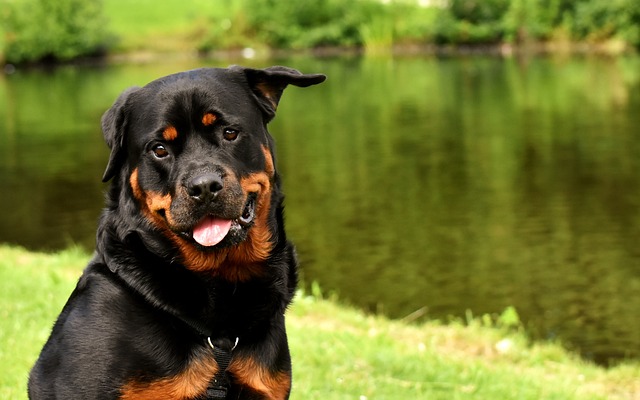
Does brushing a dog help with dandruff? If you’re a new dog parent in the US, you’ve probably stared at the white flakes on your couch, then at your pup’s brush
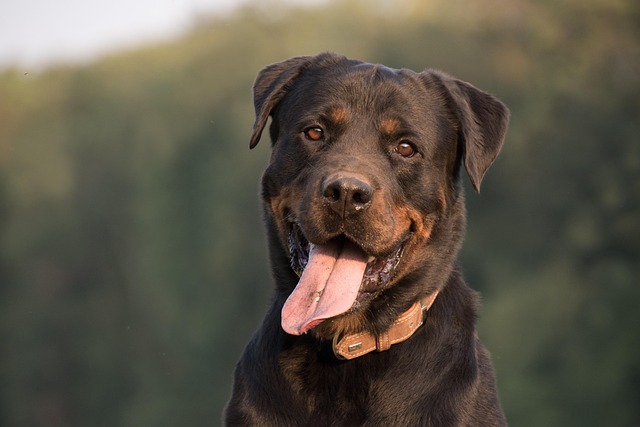
How to tell if a dog has dandruff or mites? If you’re a new dog parent in the US, you’ve likely leaned in to brush your pup and noticed small white flakes in their fur
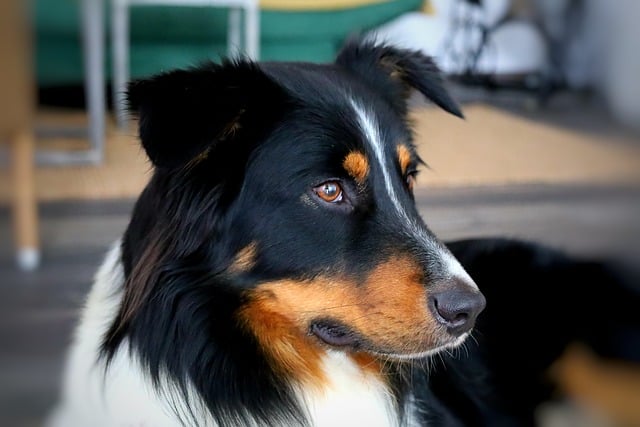
What food causes dandruff in dogs? If you’re a new dog parent in the US, you’ve probably brushed your pup and noticed a snowfall of white flakes